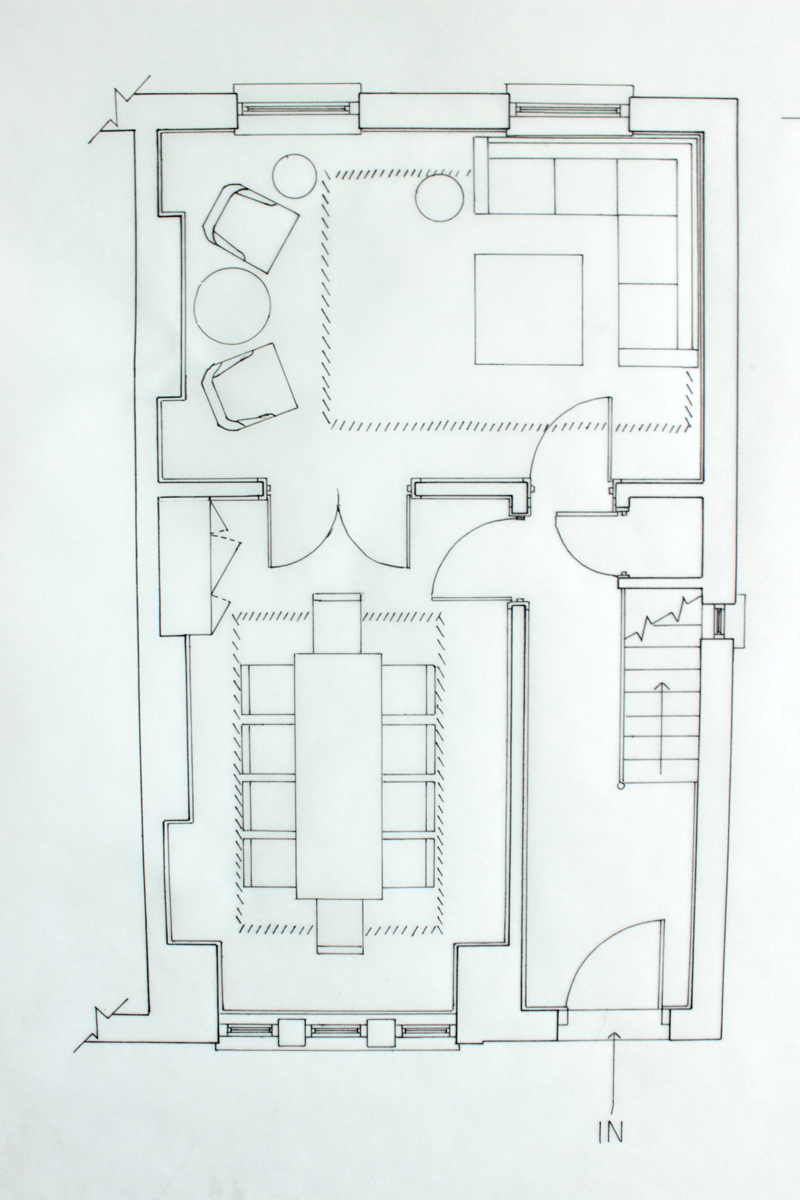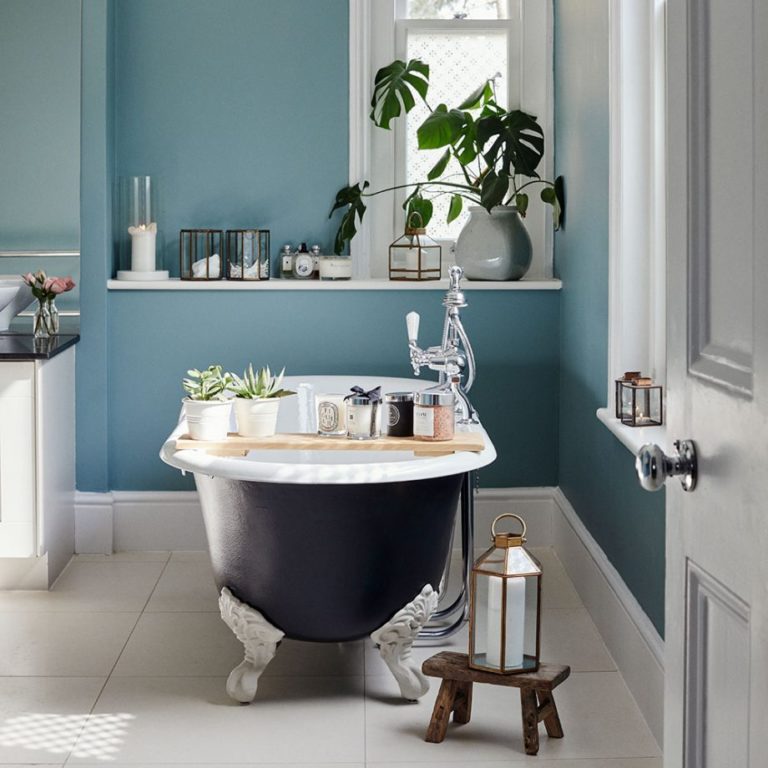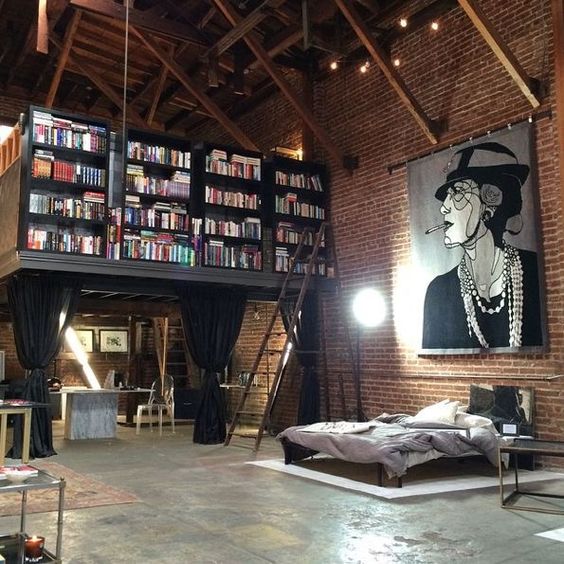6 Ways to Achieving the Industrial Look: Tips for Interior Designers
Industrial design has become a popular trend in interior design, as it lends a modern and chic aesthetic to any space. While the look is often associated with lofts and warehouses, it can be adapted to fit any style of home. Here are six tips for achieving the industrial look in your own interior designs.
Start with the Floors
One of the most defining aspects of industrial design is exposed brick or concrete floors. If you don’t have either of these materials in your home, you can easily achieve the look with a stencil and some paint. If you’re starting from scratch, opt for a dark stain on bare wood floors. This will give you the perfect base to work with when adding other industrial elements to your space. If painting isn’t your thing, there are also many companies that sell pre-finished flooring that mimics the look of exposed brick or concrete.
Incorporate Metallic Elements
Another key element of industrial design is the use of metals. This can be achieved through the use of metal furniture, light fixtures, or even decorations. If you’re not ready to commit to metal furniture just yet, try using metallic accents instead. This could include anything from a copper vase to a silver picture frame. Metallic elements are a great way to add some visual interest to an industrial space without overwhelming it. A simple and cost-effective way to add a touch of industrial charm to any room is with some exposed galvanised pipe. You can use these pipes for anything from towel racks in the bathroom to coat hangers in the bedroom. If you’re feeling really creative, you could even use them as part of a light fixture or chandelier. Just make sure that any exposed electrical wiring is properly insulated before attempting this.
Paint
One thing that many people forget about when trying to achieve an industrial look is paint. The colors you choose for your walls and furniture can have a big impact on the overall feel of your space. For an industrial look, opt for darker and more muted colors. Think grays, blacks, and deep blues. These colors will help to create a more masculine feel in your space. If you’re not ready to go too dark just yet, you can always start with a white or neutral base and add pops of color with accessories and decorations. Once you’ve chosen your paint colors, don’t be afraid to experiment with different textures and finishes. A matte finish will give your space a more raw and edgy feel, while a high-gloss finish will help to reflect light and make your space appear larger.
Photo by Johnny Briggs on Unsplash
Introduce Exposed Brick
As we mentioned before, exposed brick is one of the most defining characteristics of industrial design. If you’re lucky enough to have exposed brick in your home, then you’re halfway there! If not, don’t worry – there are still ways to achieve the look. One option is to use a stencil and some paint to create the illusion of exposed brick. Another option is to buy pre-finished wall panels that mimic the look of real brick. Whichever route you choose, make sure that the bricks are evenly spaced and aligned correctly. This will give your space a more polished and professional look.
Use Concrete
Another common material in industrial design is concrete. This can be used in a variety of ways, from countertops to floors to furniture. If you’re not ready to commit to concrete just yet, try using it as an accent instead. This could include anything from a concrete coffee table to a set of concrete coasters. Concrete is a great way to add some visual interest to an industrial space without making it feel too cold or sterile. One thing to keep in mind when using concrete is that it can be quite heavy. If you’re not sure if your floors can support the weight, be sure to consult with a professional before proceeding.
Incorporate Wood Elements
While metal is a key element of industrial design, that doesn’t mean that wood can’t be used as well. In fact, incorporating some wooden elements can help to warm up an industrial space and make it feel more inviting. One way to do this is to use reclaimed wood for your furniture or flooring. Reclaimed wood has a unique patina that you just can’t find with new wood, and it’s also eco-friendly! If you’re not ready to commit to using reclaimed wood just yet, try using it as an accent instead. This could include anything from a wooden cutting board to a set of wooden coasters. Wooden elements are a great way to add some visual interest to an industrial space without making it feel too cold or sterile. One thing to keep in mind when using wood is that it can be quite delicate. If you’re not sure if your furniture can support the weight, be sure to consult with a professional before proceeding.
Photo by Ramona Balaban on Unsplash
There you have it – six ways to achieving the industrial look. With these tips, you’ll be well on your way to creating a space that is both stylish and comfortable. Don’t be afraid to experiment with different materials, textures, and finishes. The key to achieving an industrial look is to mix and match different elements until you find a combination that works for you. And most importantly, have fun! Designing your space should be an enjoyable experience, so make sure to enjoy the process.






